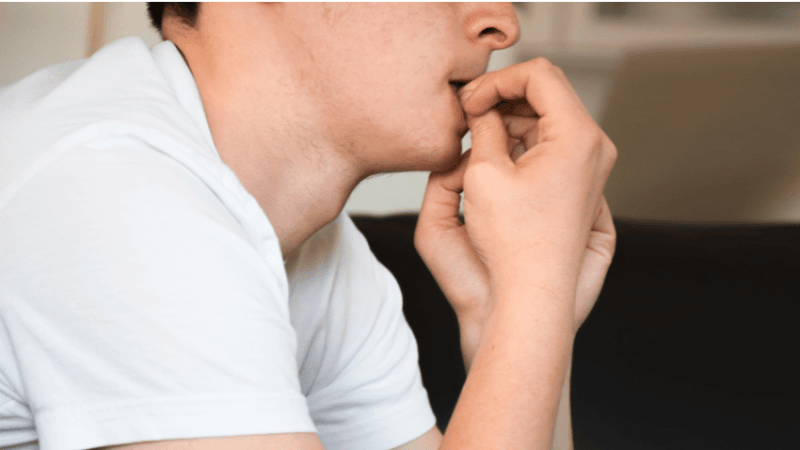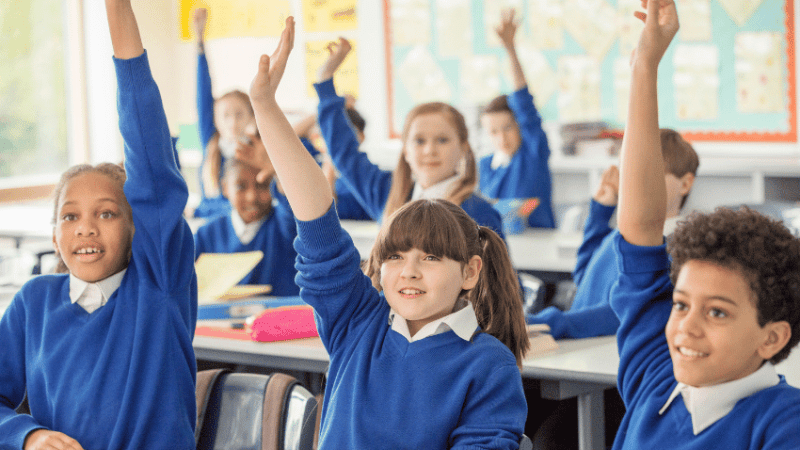SEND children – How flexible should your behaviour policy be?

Nicole Dempsey shares her thoughts on how the behaviour policies in place at mixed settings can be made equally fair for students with SEND

One of the challenges we can face in our schools is finding the balance between setting a high standard for behaviour, whilst also meeting the individual needs of our students with SEND.
Core to this is the concept of fairness. Students with SEND are significantly – and negatively – overrepresented in behaviour statistics. This is also the case in data related to bullying, feelings of isolation, poor attendance and poor academic outcomes.
It’s clear that there’s a need to do more for this group of learners. But can we maintain a consistently high standard for behaviour without discriminating against students with additional needs?
Is it possible to make exceptions, without them being questioned by students and families aggrieved at the perceived injustice of being held to certain standards that seemingly don’t apply to their peers?
Creating an environment that’s safe for all students, where you allow them to be themselves and meet their needs as the norm, is the safety net that lets us find that balance.
It’s what our students with SEND – and probably many of their peers – need in order to thrive in their education.
Here are five signs of a socially safe school environment, alongside details of how you can design and embed inclusivity into your setting’s behaviour systems.
1. Consistency, not rigidity
We can often interpret consistency as rigidity. But in our diverse and dynamic schools, the only way to achieve genuine consistency is by being consistently flexible and responsive.
The behaviour policy itself is just a starting point. Building in a level of flexibility that takes into account factors such as students with SEND, safeguarding concerns and sensitivity to mental health needs will allow you to implement it in a more responsive way.
Approach your behaviour policy in a way that treats warnings and sanctions as a series of barriers protecting children from the prospect of being forced away from their learning.
“The only way to achieve genuine consistency is by being consistently flexible and responsive”
This is instead of thresholds that they must meet before you can remove them from the room, suspend them or exclude them.
With the right policy in place, staff can develop the skills and confidence needed to become the kind of responsive practitioners and dynamic decision-makers that students need. This leads to a culture of ‘everyone gets what they need’, as opposed to ‘everyone gets the same’.
2. Teaching behaviour
Children come to school to learn. That includes learning about themselves, and how they fit into their school, their local community and the wider world beyond. It also includes learning how to conduct themselves and how to treat others around them.
You can use assemblies, PSHE and the academic curricula to directly teach your students about equality and diversity; about character and community.
We can look to provide further targeted support and intervention to groups and individuals via an ‘additional to, and different from’ offer.
And don’t forget the ‘hidden curriculum’ – the things our students observe and absorb just from watching us. How we treat our students and colleagues, how we organise our time, space and resources, and how we talk to and about people will all be a constant source of learning for our students. That’s whether we like it or not. It’s something we should always be aware of and improving when we can.
3. Strong relationships
Strong relationships between staff and students are built on predictability, fairness and trust. These relationships underpin not just effective behaviour management, but also standards of safeguarding, inclusivity and the very process of teaching and learning itself.
Staff will have likely had clear training and instruction on how to carry out most aspects of their role. But leaders may well tell them that they need to ‘work on’ their student relationships, with relatively little guidance or support.
We should directly teach staff about the importance of such relationships. This includes how to nurture, protect and repair them. We also need to ensure that supporting resources are in place if and when those relationships break down.
There’s scope for staff training time to be focused on learning about broad areas of need and commonly used classroom strategies. But it can also be powerful to spotlight specific groups, or even individual students within your school.
Talk about these students’ strengths, their aspirations and what’s happening in their lessons, or other times when things are going well. Ensure more teachers receive the information they need to build strong relationships with those children.
4. Variety is the spice of life
Social spaces in secondary schools can be noisy and crowded. They may be dominated by bigger, older or simply more confident peers. This might have the effect of forcing some students into quiet corners, or making it difficult for them to be heard.
For some, the availability of a safe space in a SEND or wellbeing department might solve the issue, but perhaps not for others.
In certain cases, interventions such the as ‘circle of friends’ or similar approaches might provide the solution – but then again, perhaps not. Often, these options will only work for those students who you’ve identified, are eligible and who feel comfortable attending.
“Students with SEND are a group that need understanding, flexibility and responsiveness”
Offering a range of options, including:
- quieter spaces
- areas with more supervision
- structured activities, such as a Lego club or an art corner
will give students the chance to find a space that suits them. It also increases the likelihood that like-minded peers will gravitate towards the same spaces as them.
5. We learn from our learners
We needn’t wonder what we can do to make our schools more socially safe for all students, because we will always have the students themselves to show us. That’s as long as we’re willing to learn and change, based on what we see.
Collecting student voice is important, but we can also learn from students’ behaviour by observing them. Does anyone struggle with certain spaces around the school, and if so, where do they go? Which children spend their time alone during social and unstructured periods? What do we know of their hobbies, interests and preferences?
If and when incidents of bullying arise, what are the underlying learning needs at the root? Looked at in this way, the question can change from being ‘What we can do differently?’ and become ‘What are we willing to change in the pursuit of inclusivity and a better experience for our more vulnerable students?’
Socially safe environments
Students with SEND are a group that need understanding, flexibility and responsiveness. But that doesn’t have to mean making exceptions to your existing policies and routines. In fact, they’re equally entitled to a behaviour policy and system that enables them to learn and grow, just as much as the next student.
Getting things right for students with SEND is the starting point for getting things right for all students. And that’s before you even get to the many reasons – whether it be mental health, or a safeguarding incident – that might entail having to quickly become familiar with a student’s individual circumstances and apply the behaviour policy accordingly.
Of course, our school populations also include students with particular needs and circumstances that we don’t yet know or understand, or which may be just emerging. Having consistently dynamic and responsive systems in place may better meet their needs, too.
A socially safe environment is one in which policies, systems and spaces empower both staff and students to become more knowledgeable and more confident decision makers. This is so that everyone can thrive together within a dynamic and responsive community.
Nicole Dempsey is director of SEND and inclusion at Dixons Academies Trust and deputy regional lead for Whole School SEND in the Lancashire and West Yorkshire region
Nicole has played a key role in the creation of Whole School SEND’s Universal SEND Services online SEND CPD units – including one on creating a socially safe environment – which encourage teachers to explore the most commonly observed barriers to learning regardless of age, label or area of need.
The units are complemented by a series of Specialist Spotlight discussions, which offer the chance to contextualise learning, share experiences with other practitioners and seek advice from specialist professionals










